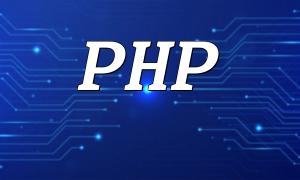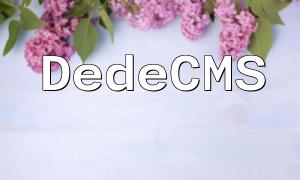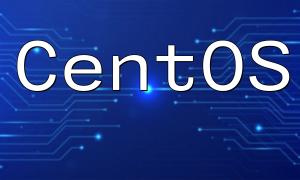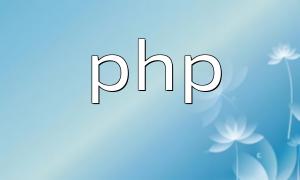In modern web development, PHP is often used in conjunction with the JSON data format. When working with JSON data, slashes (/) may cause encoding results to deviate from expectations. Understanding how to handle slashes effectively in PHP JSON can help developers avoid errors and improve system stability. This article will share practical tips to assist developers in addressing this common issue.
In PHP, the json_encode() function is used to convert arrays or objects to JSON format. However, during the conversion process, certain characters, especially slashes, may cause the encoding result to be incorrect. Understanding how to control the display of slashes is crucial.
By default, slashes in PHP JSON are escaped. To prevent this behavior, you can use the JSON_UNESCAPED_SLASHES option to influence the encoding process. With this option, slashes will not be escaped. Here’s an example:
$data = array(
"url" => "https://www.example.com"
);
$json = json_encode($data, JSON_UNESCAPED_SLASHES);
echo $json; // Output: {"url":"https://www.example.com"}
It’s especially important to ensure the validity of the JSON when handling slashes. Before outputting JSON data, you can use the json_last_error() function to check if any errors occurred during encoding. For example:
$data = array(
"path" => "C:/xampp/htdocs/"
);
$json = json_encode($data, JSON_UNESCAPED_SLASHES);
if (json_last_error() !== JSON_ERROR_NONE) {
echo "JSON Encoding Error: " . json_last_error_msg();
} else {
echo $json;
}
When decoding a JSON string, slashes should not affect the integrity of the data. Using the json_decode() function, PHP can correctly parse strings with slashes. Here’s an example:
$json = '{"url":"https://www.example.com"}';
$data = json_decode($json, true);
echo $data['url']; // Output: https://www.example.com
Properly handling slashes in PHP JSON is crucial for ensuring correct data transmission and parsing. By using the JSON_UNESCAPED_SLASHES option and relevant validation functions, developers can easily address issues related to slashes. We hope the tips provided in this article will help you work more efficiently and smoothly during PHP development.









